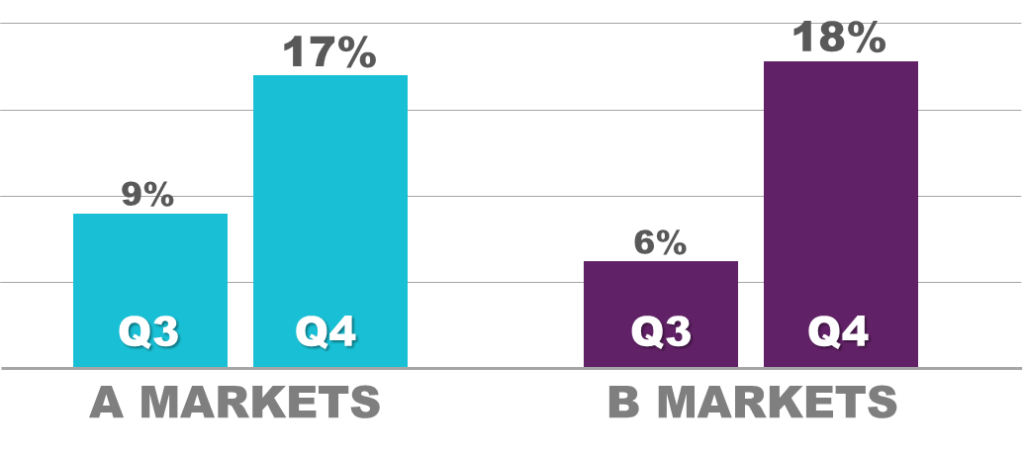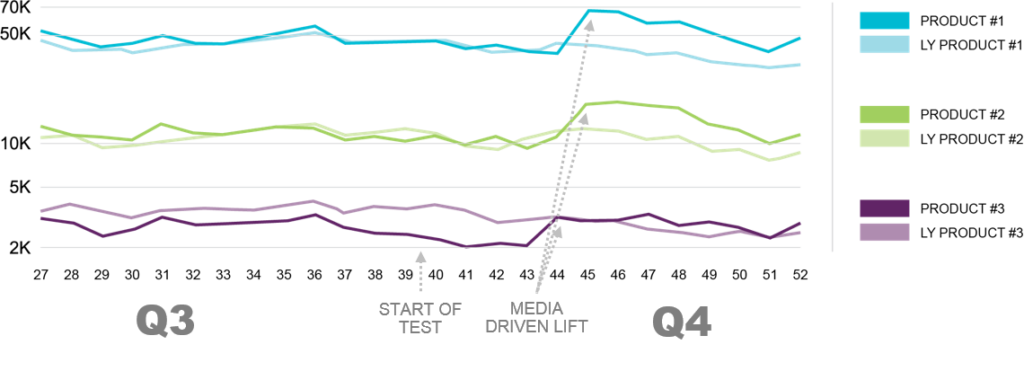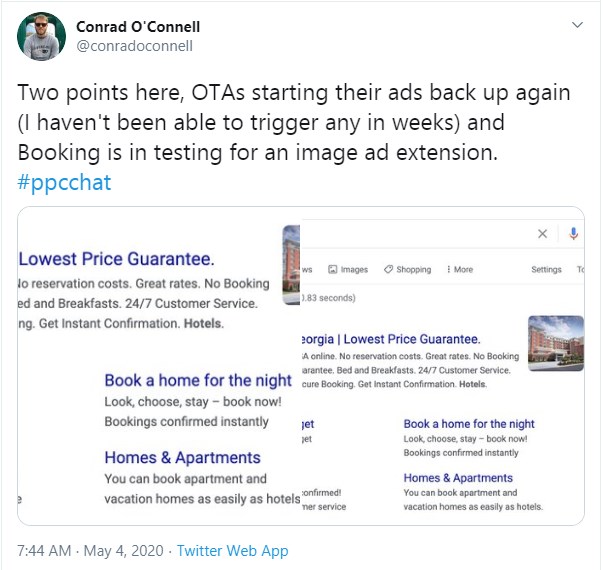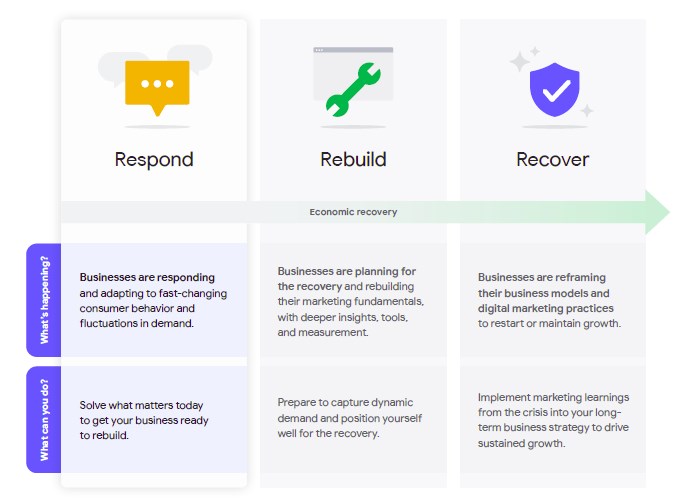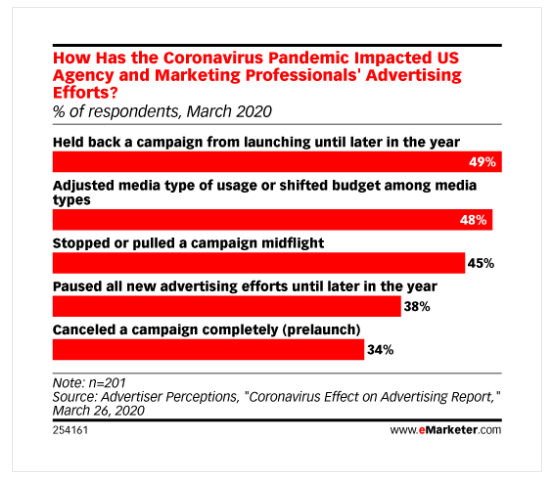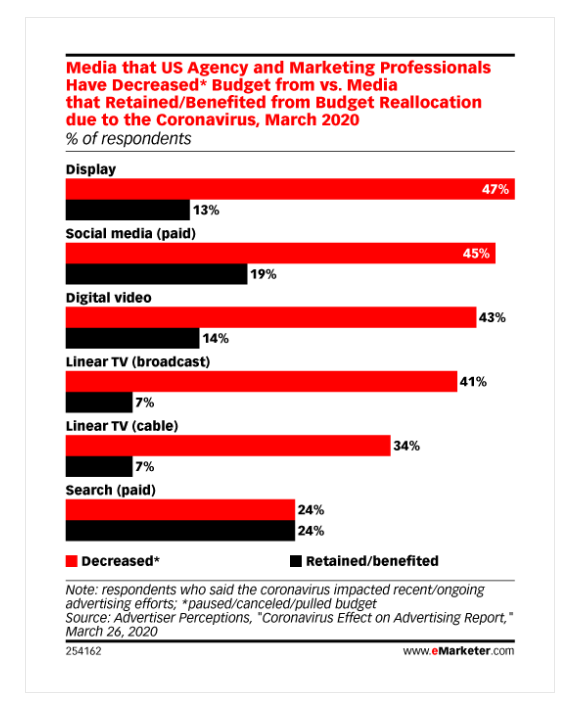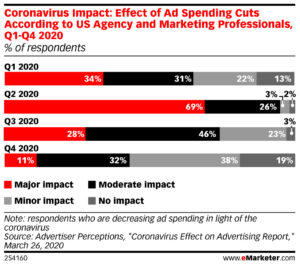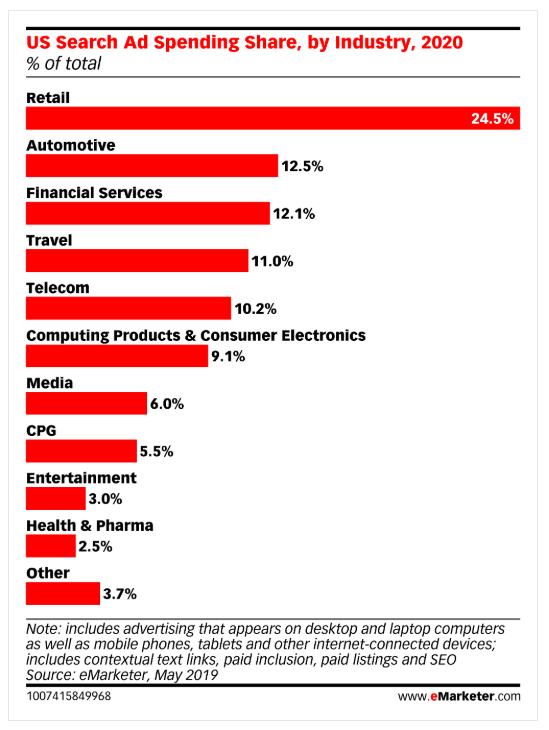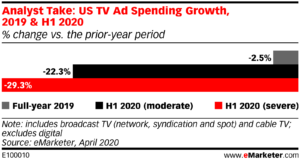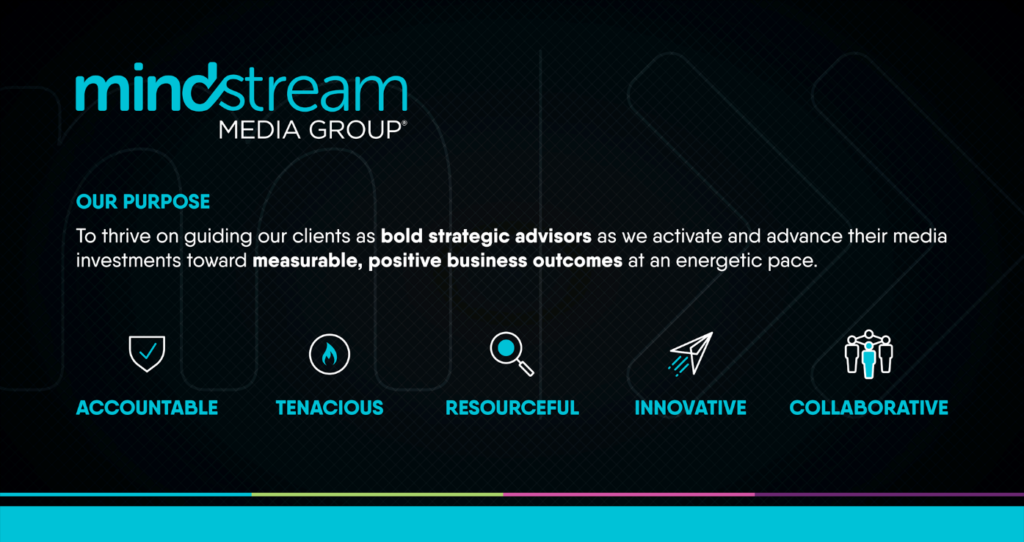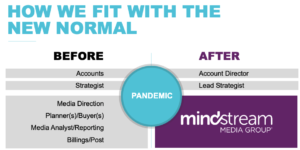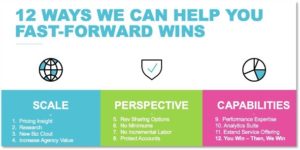While some parts of the country have started to open up, many of us are still at home – working from home, schooling children from home, exercising from home, shopping from home, doing nearly everything from home. With daily routines disrupted, it’s no surprise that consumer behaviors have changed as everyone attempts to adapt to their “new norm.”
Now more than ever, it’s important for businesses to stretch their marketing dollars by adapting their paid search program so that it’s relevant to their customers’ new reality. Here are the five Ws we keep top of mind when making adjustments to clients’ paid search campaigns.
WHO Are We Targeting?
While every industry has been affected differently, they’ve all been affected. For some businesses, their target demographic has completely changed as a result of this pandemic. Consumers who may have been less inclined to buy their products or use their services in the past may now have a sudden interest or need for them. Other businesses have completely pivoted just to stay afloat. They’ve started offering new products or services that are suddenly in high demand since they already have the necessary infrastructure in place. We review targeting for each client to ensure it aligns with any changes they have made to their business and adjust settings and bids accordingly.
Geo Targeting – Some clients are unable to offer their products and/or services where they had been historically. Others may be expanding their geo-targeting to cover additional areas during this time. We’re adjusting geo-targeting as needed, while taking into consideration any restrictions within each of their target locations.
Demographics – We expect to see shifts in who is searching for some clients’ products or services. In some cases, it may make sense to open up demographic targeting to reach additional audience segments.
Audiences – We expect to see some volatility with certain audience segments, so we’re reviewing performance and adjusting as needed.
If search interest for a client’s business has been down or we’ve seen a decline in conversion rates or purchases, we’re lengthening the membership duration for some of their audience segments, especially those with shorter durations. This will provide more time to retarget those consumers who didn’t convert once the dust settles.
We’re also creating an audience composed of visitors to clients’ Coronavirus FAQ page on their website. There are a number of ways this audience can be leveraged to aid in rebound efforts, giving us the opportunity to tailor ad messaging specifically to those consumers who didn’t convert while the country was shut down.
WHAT Are They Searching and WHAT Are We Saying?
Keywords – If not already included, “open near me” or “open now” are being added to the target keywords for brick and mortar clients that are open. Search term reports are reviewed regularly to identify other keyword opportunities, as they will continue to be important as more and more businesses begin to open their doors again. We also utilize search query reports and the keyword planning tool to identify any new COVID-19 related keywords to target.
In addition to looking out for new keyword opportunities, we also keep a close eye on each client’s search terms report to ensure their ads aren’t generating irrelevant impressions. Negative keyword lists are expanded where necessary.
Ads – Ad messaging is being reviewed to ensure it’s sensitive to the current situation and still relevant to the state of the client’s business and the new reality of their customers.
If there are any safety concerns that would make consumers hesitant to purchase a client’s products or services right now, messaging is being altered to explain the changes that have been implemented to help alleviate those concerns. For example, Papa John’s has implemented a “no touch” policy where they ensure no pizza is ever touched once it comes out of the oven AND they’ve implemented a “no contact delivery” on all app and online orders to make sure their customers feel safe. These types of operational changes are important to include, as they may help consumers overcome any hesitation in placing orders.
There has been a surge for various products during this pandemic where fulfillment has been an issue. We’re working closely with clients to pause any efforts for products that are currently out of stock.
Ad copy and calls-to-action are being updated to reflect changes in clients’ business operations like changes to how products and services are offered or delivered.
As shelter-in-place orders are gradually lifted, it will be necessary to ensure ad messaging is appropriate and relevant to all the target areas for each client since they likely won’t reopen at the same time. Ad customizers based on the user’s target location is one way ads can be tailored to the most relevant consumer based on how a client’s business is operating in their area. Duplicating campaigns is another option we have that provides more control over spend and targeting. This allows us to have one set of campaigns targeting areas that are still closed with messaging that speaks to those consumers, and a second set of campaigns targeting areas that have reopened with appropriate messaging.
When the time is appropriate, we plan to create new ads that leverage the IF function to provide special offers or messaging to the audience we created for visitors to a client’s Coronavirus FAQ page, to get them to convert.
Ad Extensions – These typically need updated for most clients as well.
Call Extensions – We’re working with clients to ensure the number being used is still accurate and, if applicable, that it’s routing appropriately to any employees who are now working from home. If business hours or availability for answering calls have changed, we’re also adjusting call extension scheduling to reflect those changes.
Location Extensions – We’re updating Google My Business listings for clients to reflect any changes to business and hours of operation so their customers know when they’re open.
Action Extensions – We’re replacing Calls-To-Action in Bing such as “Visit Store” or “Directions” with CTAs that reflect the current state of the client’s business.
Callout Extensions – Callout extensions that highlight services clients can’t currently honor, such as “Open 24/7” or “Same Day Delivery” are being updated.
Structured Snippet Extensions – We’re temporarily removing products and/or services a client is unable to offer/fulfill at this time.
Sitelink Extensions – Updates are being made to sitelinks that are no longer appropriate or applicable. For example, extensions that pertain to shipping are being updated to reflect any changes to shipping policies. Sitelink extensions with broad verbiage pertaining to new safety measures, health and safety, etc. are being added for clients that have a COVID-19 FAQ page.
WHEN Are They Searching?
Everyone’s needs and priorities have shifted. We’re taking measures to be sure our clients are in front of the right consumers at the right time.
Ad Scheduling – We’ve all had to make changes to our daily routines, so consumers may be searching earlier in the morning or later at night. Current performance is being reviewed and adjustments are being made to ad scheduling and bids to maximize spending efficiency. What historically may have been a client’s top converting time-of-day or day-of-week may no longer be the case. Schedules are being opened up for clients with a decline in search interest on their current schedule.
For clients with Call-Only campaigns, ad scheduling is also being adjusted to align with the changes in business hours to ensure the business is open and available to field calls.
Automated Bidding Strategies – In times of uncertainty like this, Smart Bidding strategies require additional monitoring. Changes to the competitive landscape often impact campaign performance and automated bidding strategies (especially tROAS and tCPA) may need to be adjusted to align with changing consumer behaviors. We’re reviewing any automated strategies for settings/parameters that need adjusted based on the current landscape.
WHERE Are We Reaching Them?
Channels – The impact on search volume will vary between channels, as will the performance. For some clients advertising only on Google, we’re launching campaigns for their top products and/or services on Bing to help make up for any loss in volume. For clients that are already advertising on both, performance between the two is being compared to see if any budget shifts between channels are warranted.
Networks – We’re closely reviewing search partner network performance since impression volume could fluctuate due to changes in search volume on networks owned and operated by each channel.
Devices – With many consumers still confined to their homes, mobile searches have been decreasing and desktop searches have been on the rise. We’re monitoring device performance and making adjustments as needed. As people begin to go back to work, we expect to see further shifts in device usage.
WHY These Changes Matter
For clients whose business has slowed, adaptations like these to their paid search program will ensure their marketing dollars are being maximized and that they are positioned to rebound as soon as shelter-in-place orders are lifted. For clients in industries where interest has increased for their products or services, quick adaptations like these ensure they’re seizing the new opportunity and maximizing ROI.
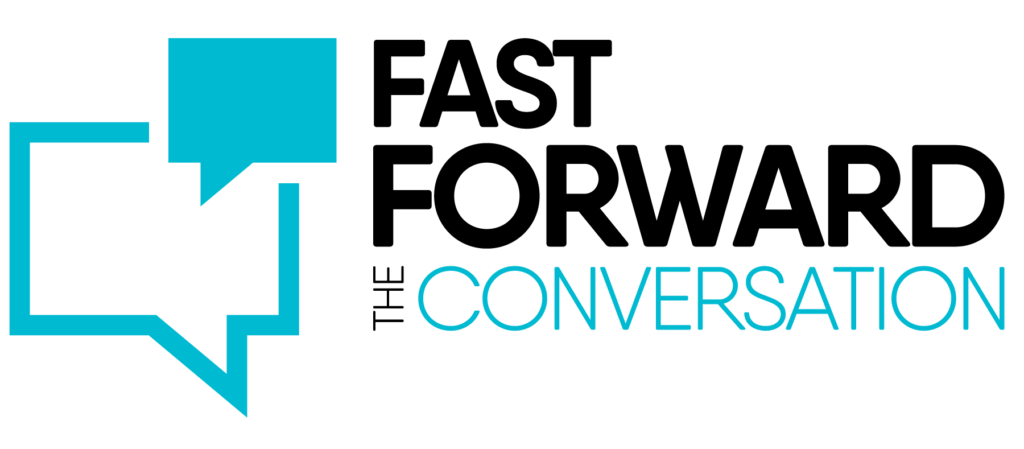

![[Video]: Influencing the Customer Journey](https://mindstreammediagroup.com/wp-content/uploads/2020/10/CustomerJourneyFeaturedImage-scaled.jpg)
![[Case Study]: Redefining CPG Media Mix for Immediate Growth](https://mindstreammediagroup.com/wp-content/uploads/2020/08/GettyImages-1129667981-scaled.jpg)
